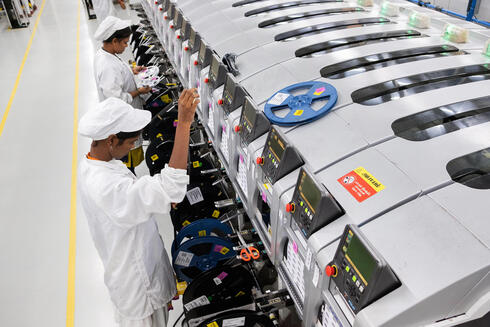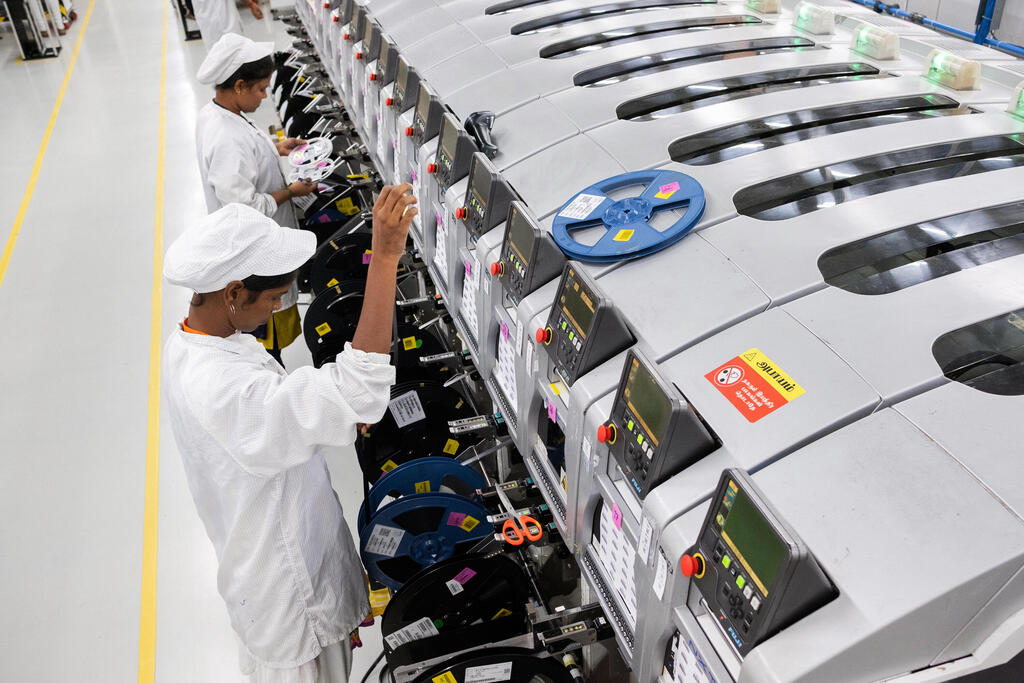
India emerges as big winner in digital cold war between China and USA
With a huge and cheap workforce, and government measures to reduce high tariffs, India is benefiting from the fight between the US and China, convincing more and more companies to jump on board
In the digital cold war between China and the USA, the winner just may be India. In recent years, as tensions between the two superpowers have increased, so has the courtship of India. This is hardly surprising considering India recently replaced China as the most-populated country in the world, which China held since 1750.
India could not do it alone. Since Narendra Modi was elected Prime Minister, he has been working to position the country as the "world's factory", instead of China. As soon as he was elected in 2014, he began to adopt this policy, the goal of which was to push local production so that it would make up 25% of the country's GDP by 2022. Modi did not meet the target, and today the sector makes up about 17% of GDP. What Modi was unable to do, Donald Trump did for him. During his tenure as president, Trump's hawkish approach towards China, which included starting a trade war and imposing heavy tariffs, pushed many American companies to diversify their supply chains. This motivation unexpectedly increased with the outbreak of the Coronavirus pandemic and in light of the strict "Zero-Covid" policy of the Chinese government. This required long and repeated closures of many factories, even long after most of the world had opened up from the pandemic. Thus, while China's economy is slowing down and tensions with it are increasing, India is trying to attract more and more companies to relocate from China. Accordingly, 2023 was a record year with exports amounting to $447 billion. The size of the electronics manufacturing sector in India has grown from $30 billion in 2014 to $101.9 billion in 2022.
India was the ideal candidate - it is a huge economy, spread over vast areas and has a large young population. Over 65% of its population, or 808 million people, are under the age of 35 and the cost of employing them is a fifth to a third of the cost of employing similar workers in China. Abundant workers are the essential key for companies to keep costs low. No wonder, then, that the Indian stock market has seen eight years of gains, and the volumes of foreign investments are rising consistently and amounted to approximately $71 billion in the past fiscal year (which began in April 2022). According to estimates, the current year (2023-2024) will see foreign investments reach $100 billion. India expects to conclude 2024 with growth of 7.3%, higher than any other major global economy.
In addition, the American corporate presence is increasing in India. For example, Apple is working to make India its main iPhone manufacturer with about a quarter of global production; Samsung established its largest production plant for phones in India last year, and in the past year it is also expected to start producing laptops in the country; Nokia handset maker HMD Global also moved production to India last year; Foxconn and Micron moved some of their production from China to India; And Boeing has opened its largest engineering center outside the U.S. in the technology hub of Bangalore in southern India. All operate under a strategy that has become known as "China plus one" (or C+1) according to which manufacturers must reduce their supply chain dependence on China, and diversify the countries they work with. In India there are about 250,000 factories that employ about 36 million workers. The amount seems large, but a fraction of China, where there are 2.8 million factories that employ approximately 83 million workers. The automotive sector is the largest in India in terms of factories, with 39,000 factories and the ability to produce three cars per minute.
Related articles:
India is obviously not China, especially since it is a tumultuous democracy, with a notorious bureaucracy, which is completely different from the efficient Chinese centralized government. India also has a history of protectionism, which makes it less competitive in terms of attracting large investments. According to the World Trade Organization, India had the highest import tariffs in the world in 2022, with an average rate of 18.1%. In China this figure stood at 7.5%, in the European Union at 5.1% and in the U.S. at 3.3%. Tariffs and restrictions are particularly difficult for manufacturers whose production process relies on importing a lot of components. To create more competitiveness, the Modi government cut import tariffs on phone parts at the beginning of the year for mobile devices such as battery covers and camera lenses from 15% to 10%, while subsidizing the construction of semiconductor factories. Tamil Nadu, India's largest electronics exporter, also offers subsidies for the production of electronic components. Today, China is responsible for 31% of global production, and India for 3% of production, so the road still looks long.















